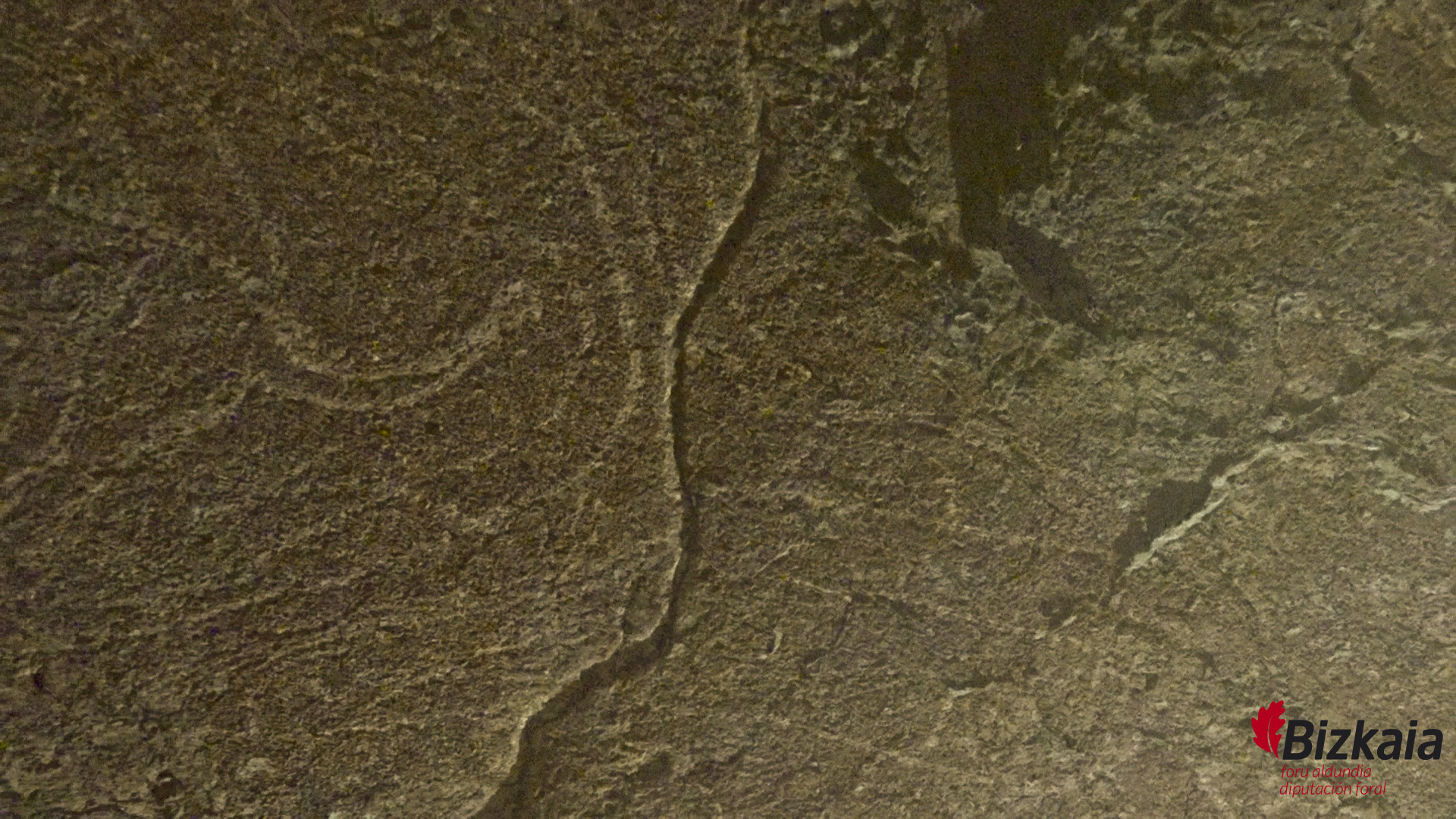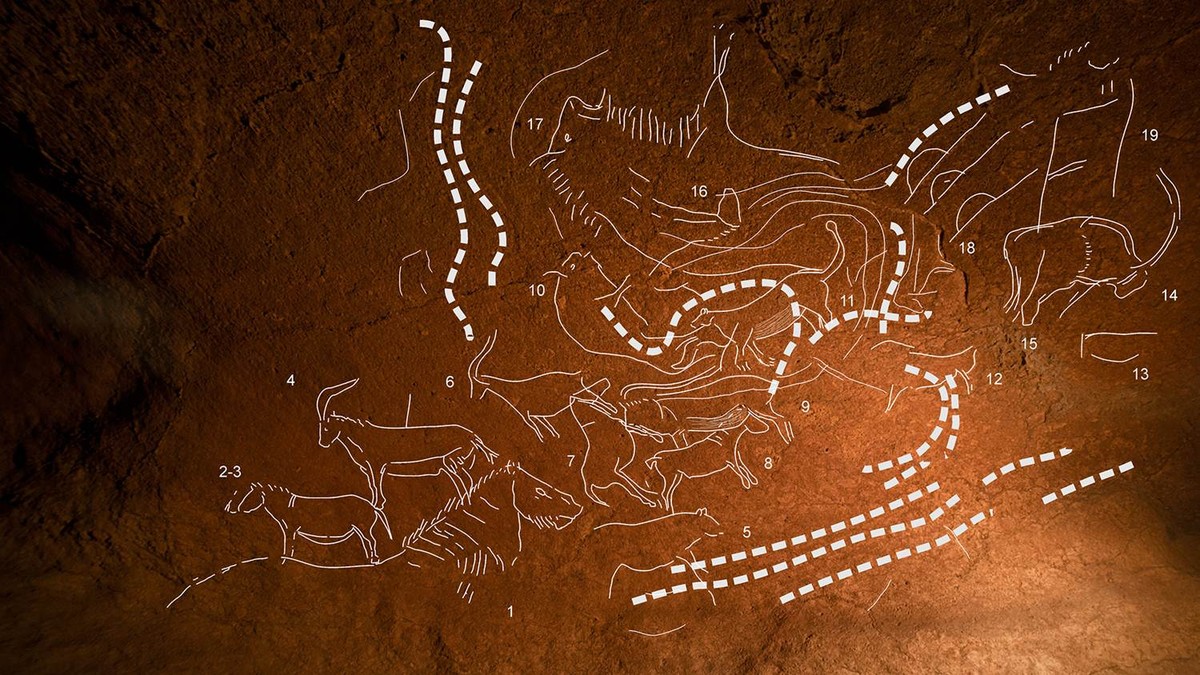It is the only technique they used to make Armintxe engravings
2018/11/16 Elhuyar Iturria: Elhuyar aldizkaria

The Armintxe paleolithic engravings were discovered in 2016 and have since been analyzed by a large group of researchers. Now, the Provincial Council of Bizkaia has made known the results of the investigations and has highlighted, among other things, the technique of making the engravings.
The study of the engravings has been directed by the professor of the International Institute of Research of the Prehistory of Cantabria, César González Sainz, who states that "in the technical procedures is the main characteristic of Armintxe".
The archaeologist Diego Garate Maidagan coincides with him. He explains that the caves in our surroundings are limestone. The walls of Armintxe, on the other hand, are of calcarenite, softer than those of limestone, which hinders the traditional recording. Thus, instead of making thin and deep grooves with a cutting object, simple, rather thick (12-15 mm) and shallow (3-4 mm) lines were scratched on the surface.
In addition, González Sainz points out that the prints are divided into three fields and that they have found more images. In total, 68 images have been catalogued: They belong to 37 animals (23 horses, 4 bison, 4 goats, 2 lions, an unspecified cervix and 3 sketches of an unspecified quadrupedia) and the rest, abstract signs and stripes.
Other works carried out by specialists are the adaptation of steps, the environmental study and the hydrological study.

Gai honi buruzko eduki gehiago
Elhuyarrek garatutako teknologia




